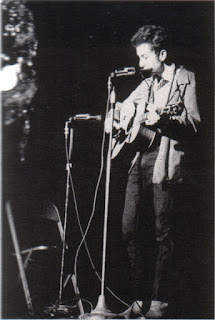A lithographic reproduction of a painting of a snowy New England Thanksgiving, made in NYC using a German technique.
By George Henry Durrie - This image is available from the
United States Library of Congress's Prints and Photographs division . Home to Thanksgiving, lithograph by Currier and Ives (1867)
"Currier and Ives was a successful American printmaking firm headed by Nathaniel Currier (1813–1888) and James Merritt Ives (1824–1895) based in New York City from 1834 to 1907. The prolific firm produced prints from paintings by fine artists as black and white lithographs that were hand colored. Lithographic prints could be reproduced quickly and purchased inexpensively, and the firm called itself 'the Grand Central Depot for Cheap and Popular Prints" and advertised its lithographs as "colored engravings for the people'. "--from Wikipedia
"Lithography (from Ancient Greek λίθος, lithos, meaning "stone", and γράφειν, graphein, meaning "to write") is a method of printing originally based on the immiscibility of oil and water. The printing is from a stone (lithographic limestone) or a metal plate with a smooth surface. It was invented in 1796 by German author and actor Alois Senefelder as a cheap method of publishing theatrical works.Lithography can be used to print text or artwork onto paper or other suitable material.
Lithography originally used an image drawn with oil, fat, or wax onto the surface of a smooth, level lithographic limestone plate. The stone was treated with a mixture of acid and gum arabic, etching the portions of the stone that were not protected by the grease-based image. When the stone was subsequently moistened, these etched areas retained water; an oil-based ink could then be applied and would be repelled by the water, sticking only to the original drawing. The ink would finally be transferred to a blank paper sheet, producing a printed page. This traditional technique is still used in some fine art printmaking applications." --from Wikipedia



Comments
Post a Comment